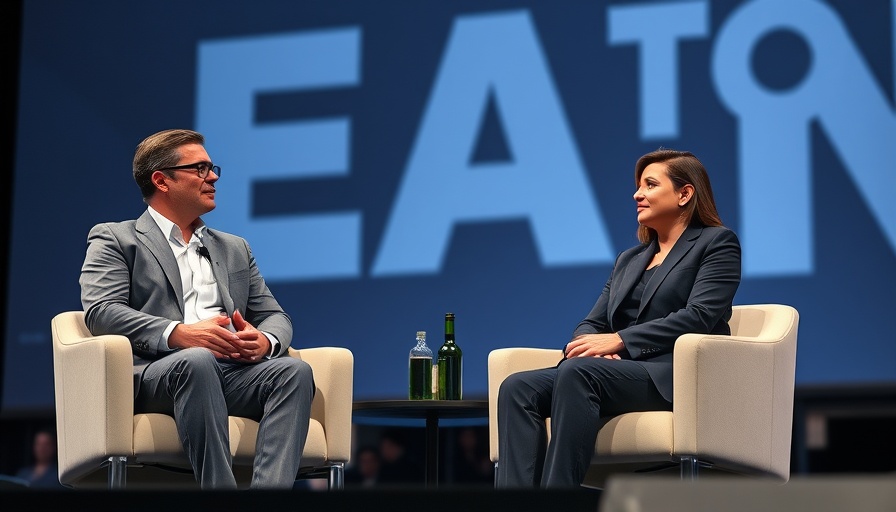
The Breakfast Blues: Fast Food Giants Face Consumer Spending Challenges
In recent earnings calls, Wendy's and McDonald’s reported a notable decline in their breakfast business, reflecting changing consumer behavior during tough economic times. As many Americans grapple with rising prices and a sense of financial uncertainty, breakfast has become a meal that many consumers are opting to skip. This trend comes despite efforts from both fast-food chains to attract morning customers with discounts and value meals.
Understanding the Consumer Mindset
Wendy's interim CEO, Ken Cook, highlighted that during economically troubled times, consumers often choose to eat breakfast at home, citing it as one of the first meals to cut back on. Meanwhile, McDonald's CEO Chris Kempczinski echoed these sentiments, classifying breakfast as 'the weakest daypart' for the chain.
Data suggests that this struggle isn't confined to breakfast; lower-income families are feeling the pressure in various aspects of their food spending. According to a recent PYMNTS report, essential and packaged goods are still attracting consumer interest, but discretionary spending—including fast food breakfast—is being postponed.
Consumer Trends: A Cautionary Tale
Emerging reports from PYMNTS show that some consumers have had to delay or cancel discretionary purchases as they navigate ongoing financial strains. This shift is not just a trend; it signals an underlying caution within the market. In fact, less than one-third of consumers report being willing to maintain their purchasing habits as prices rise, with a stark contrast between those who are financially stable and those living paycheck to paycheck.
Potential Strategies for Recovery
What does this mean for fast-food giants? Understanding the consumer mindset is crucial. Companies like Wendy's and McDonald’s might consider diversifying their offerings, particularly emphasizing value and affordability. Additionally, embracing technology—think mobile app deals and digital engagement—can help recapture the market. Consumers are often seeking convenience, and fast food that caters to this demand might help improve breakfast sales.
Looking Ahead: Resiliency Amidst Financial Pressure
Despite the current downturn in breakfast sales, some reports indicate a sense of resiliency among U.S. households. Whether it’s back-to-school shopping or travel planning, there are pockets of spending that still mirror consumer persistence. This highlights that while certain meal categories are struggling, others remain buoyant. For business owners in the food sector, learning to pivot based on consumer trends can still yield favorable outcomes.
Actionable Insights for Fast Food Businesses
For fast food chains, tapping into technology to enhance customer experience is more important than ever. Streamlining operations and offering loyalty programs through mobile apps can attract more breakfast diners. Additionally, exploring partnerships within tech and fintech realms can lead to innovative solutions that could redefine how brands engage with their customers.
As consumer trends continue to shift, staying attuned to these developments can help fast-food brands navigate the stormy waters of economic uncertainty while leveraging growth opportunities. It’s an essential time for fast food businesses to adapt and embrace change.
Investing in understanding consumer behavior and deploying strategic marketing through innovative technology can not only help fast food brands regain their breakfast customers but also secure their place in an evolving market landscape. Don’t miss out on these emerging opportunities—learn more and consider your next steps today!
 Add Row
Add Row  Add
Add 



Write A Comment